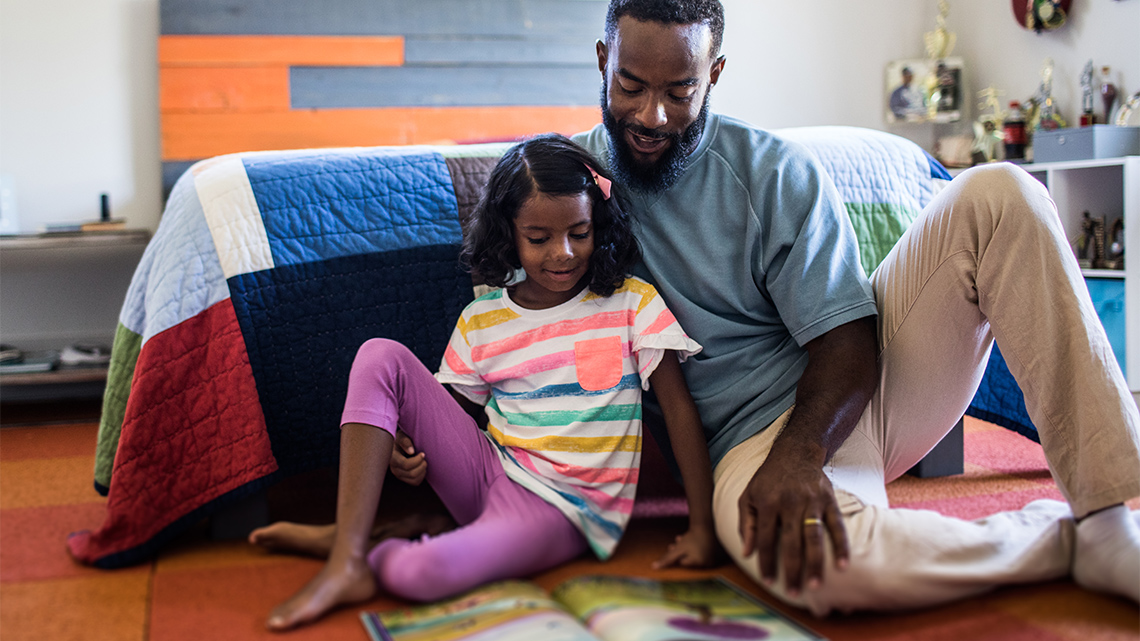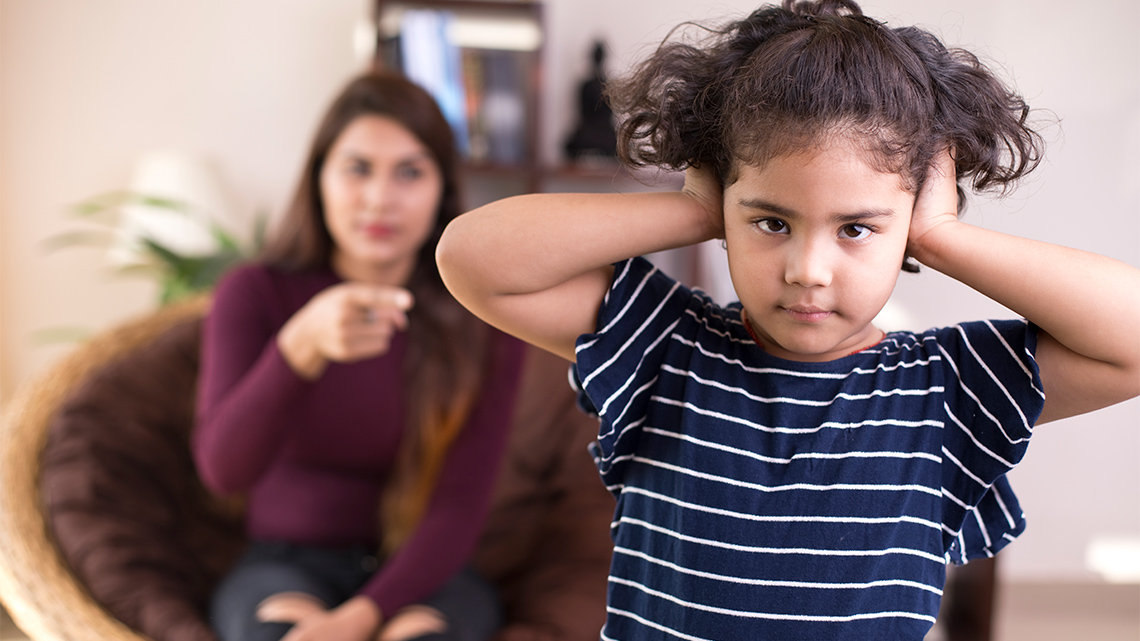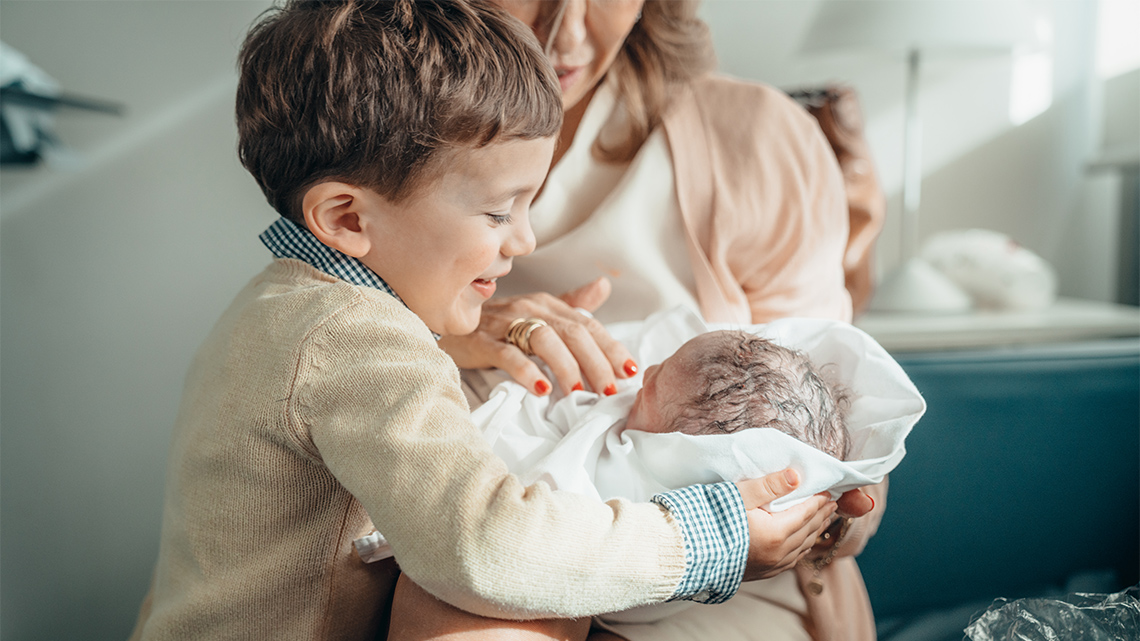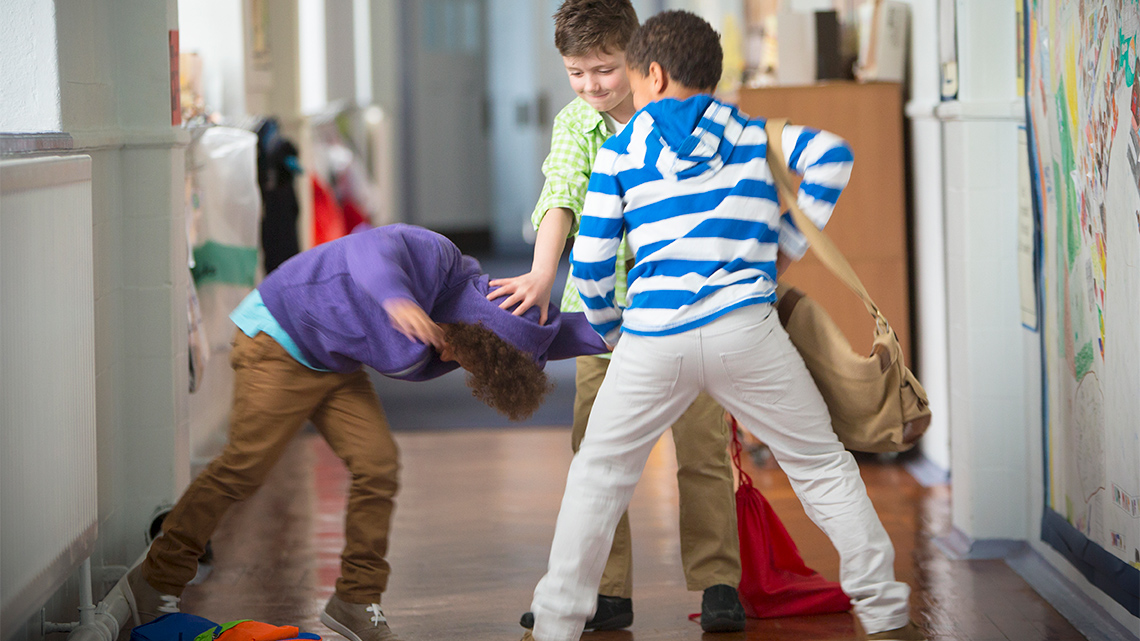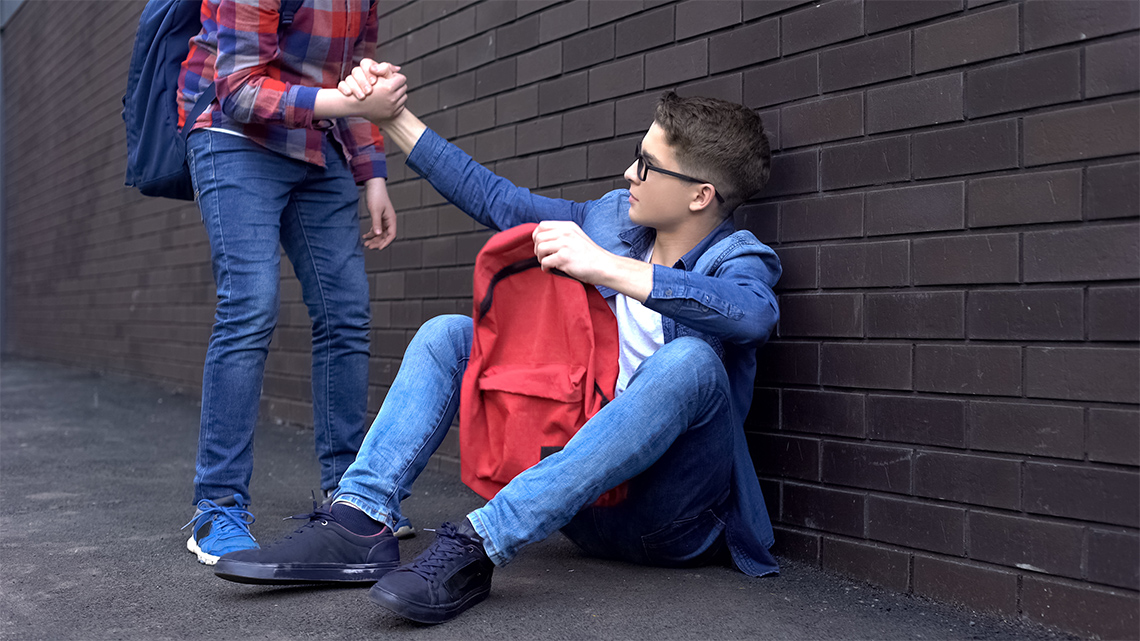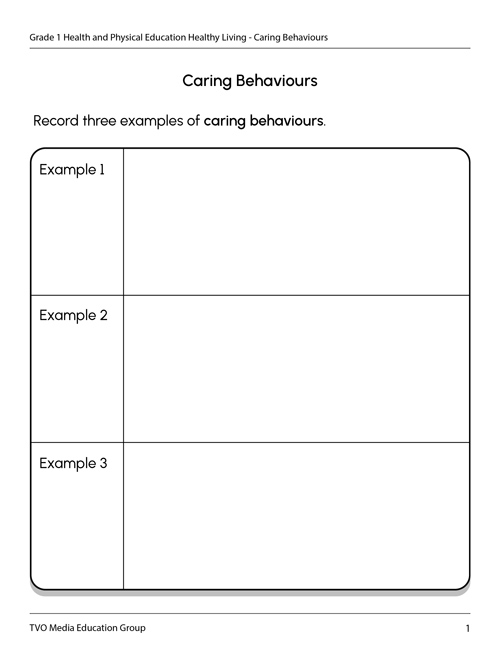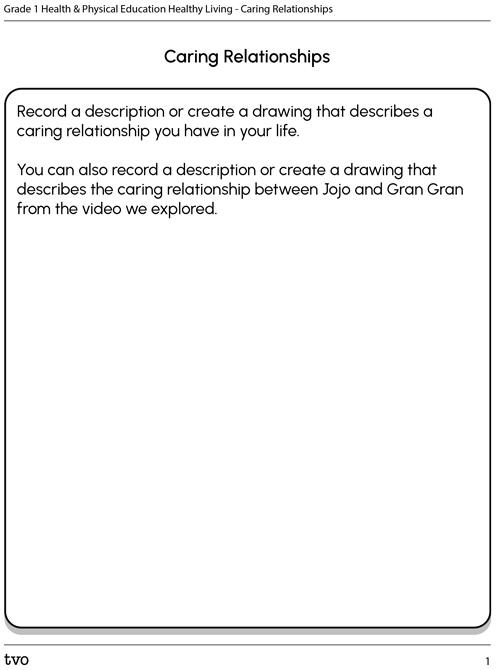Minds On
Behaviour
The way we behave can change how another person is feeling. Some behaviours are caring, while some behaviours are uncaring.
Caring behaviours can make you feel safe, respected, and comfortable.
Uncaring behaviours can make feel you unsafe, disrespected, or uncomfortable.
Explore the following carousel of images and descriptions of caring and uncaring behaviours.
Caring or uncaring?
Let’s think about which behaviours from the previous carousel are caring and which are uncaring.
For each behaviour, select if it is caring or uncaring.
For each behaviour, select if it is caring or uncaring.
Action
Caring behaviours
Let’s think of some examples of caring behaviours.
Complete the Caring Behaviours table in your notebook or using the following fillable and printable document. If you would like, you can use speech-to-text or audio recording tools to record your thoughts.
When you are finished with your Caring Behaviours table, press ‘Answers’ to explore some possible answers.
| Caring behaviours |
|
Caring people
A caring person is someone that you can trust because they make you feel safe, respected, and loved. A person that you trust should always care about your safety and well-being.
This does not mean that you will never feel sad or angry toward a person that you trust. These are normal feelings that everyone will have sometimes.
Press the following tabs to explore images of caring people you can approach for help.
Parents and guardians can be caring people that you approach for help.
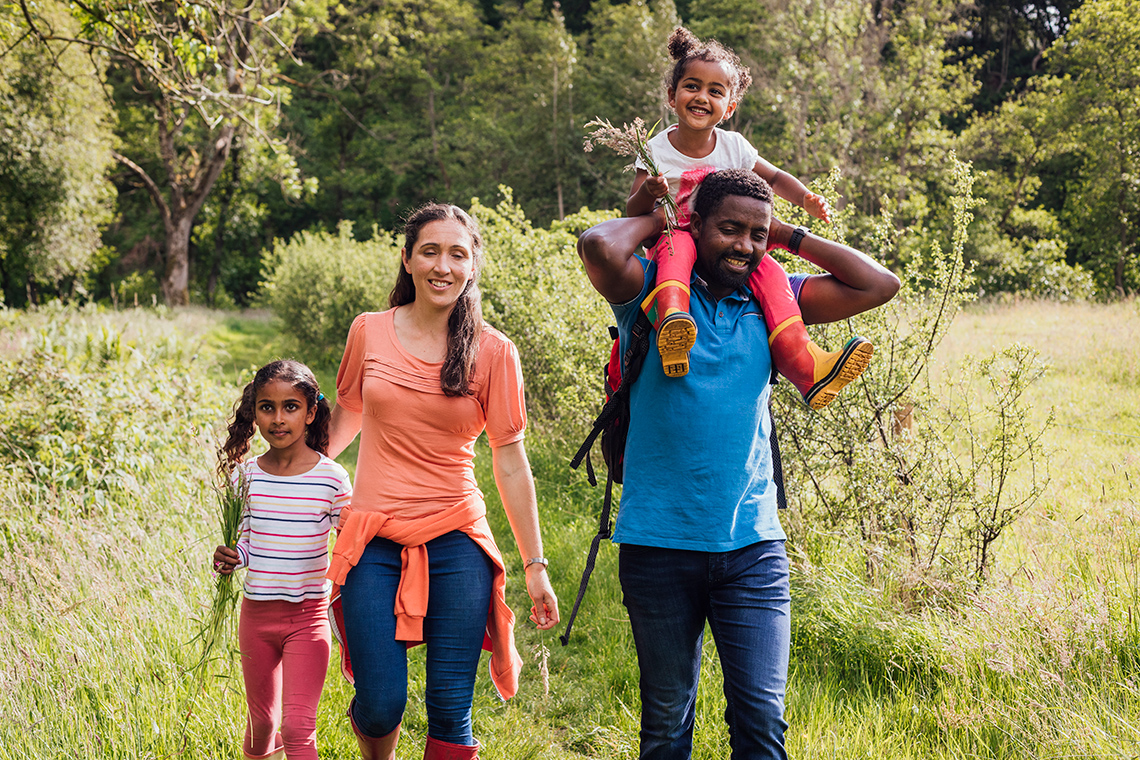
Family members such as grandparents, aunts, uncles, and cousins can be caring people that you approach for help.
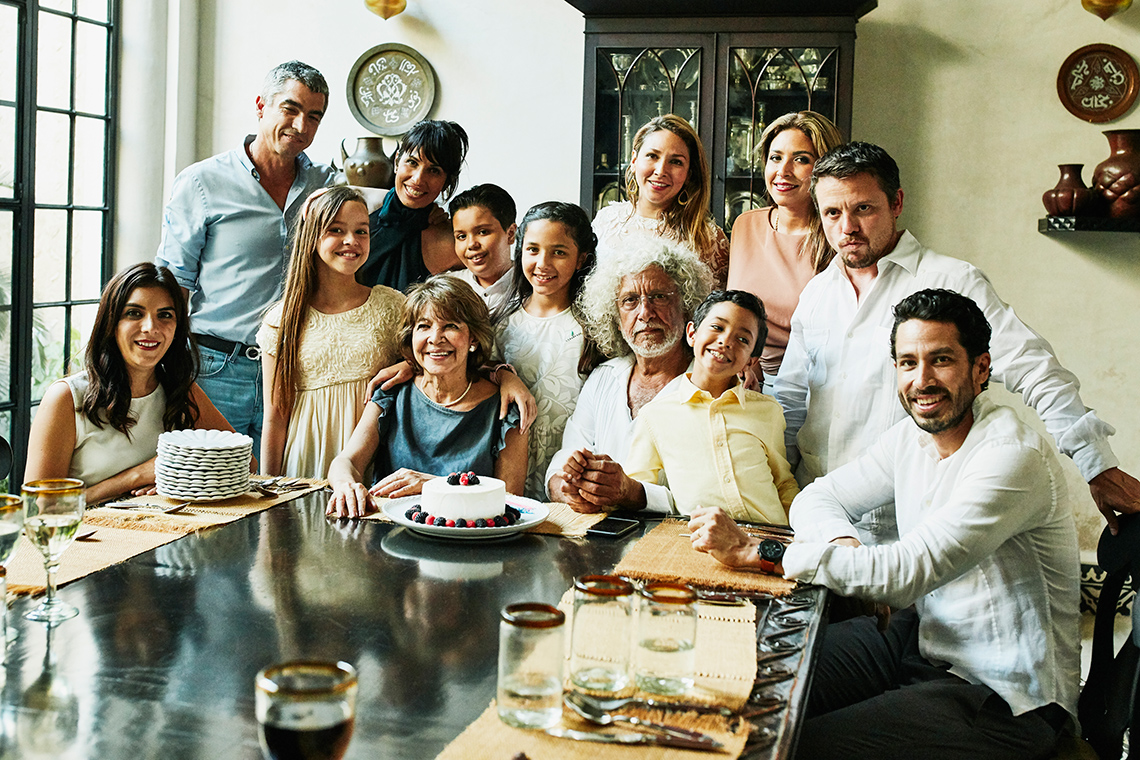
Teachers, principals, and other school staff can be caring people that you approach for help.

Paramedics, firefighters, and police can be caring people that you approach for help.
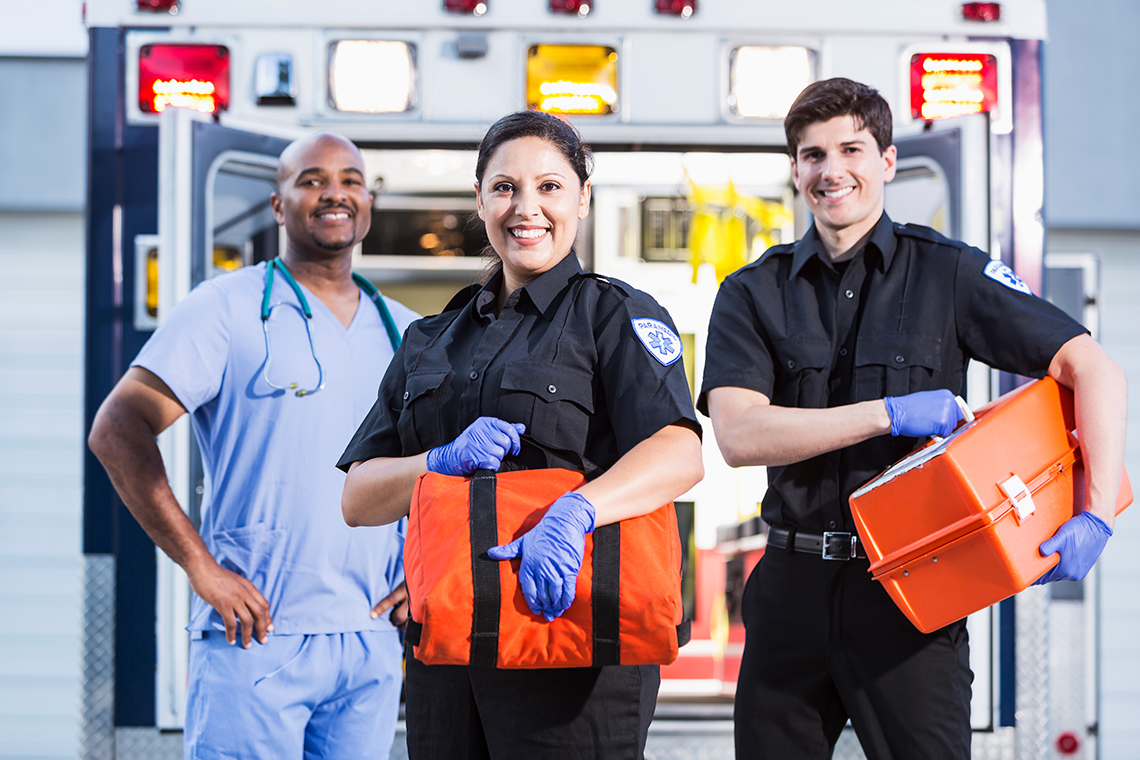
Caring people that I trust
Student Success
Think-Pair-Share
- Who are some people in your life that you trust?
- What caring behaviours do these people demonstrate?
If possible, share your ideas with a partner. You can also record your ideas on paper, on a computer, or as an audio or video clip.
Uncaring people
It is important to recognize if someone’s behaviour is uncaring. This is because uncaring behaviours can put you in danger and can harm you.
If an uncaring person is making you feel unsafe or uncomfortable, it is important to tell someone who can help you.
You could tell an adult that you trust such as a family member, a teacher, or a principal. If you are in danger and do not have a trusted adult to tell, you can always call 9-1-1 to get help from emergency services.
Consolidation
Caring relationships
Our relationships with caring people are special because they make us feel safe, respected, and loved.
There are many different ways people can show that they care for you. This can include treating you with respect, listening to what you have to say, or helping you with a task.
Explore the following video. Zoe and her mom have a caring relationship. One thing they like to do is watch movies together.
When you are finished exploring the video, think about what a caring relationship means to you.
Complete the Caring Relationships activity in your notebook or using the following fillable and printable document. If you would like, you can use speech-to-text or audio recording tools to record your thoughts.
If possible, share your description or drawing with someone and explain your caring relationship to them.
Reflection
How do you feel about what you have learned in this activity? Which of the next four sentences best matches how you are feeling about your learning? Press the button that is beside this sentence.
I feel…
Now, record your ideas about your feelings using a voice recorder, speech-to-text, or writing tool.

